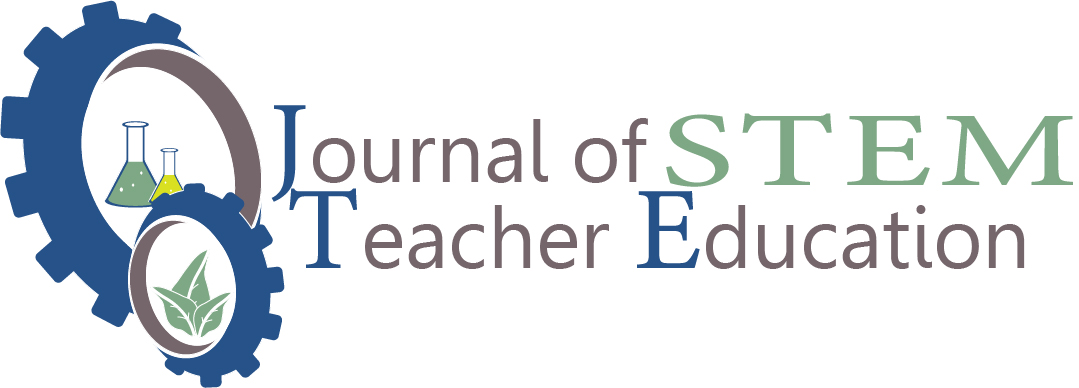
Article Title
Making Connections: Evaluation of a Professional Development Program for Teachers Focused on STEM Integration
Abstract
This article reports on a 2-year evaluation of a STEM integration professional development (PD) program for 40 math, science, and special education teachers in Grades 5–9 from a large Midwestern public school district. The National Research Council’s framework for integrated STEM education (Honey, Pearson, & Schweingruber, 2014) was used to explain the goals, outcomes, nature and scope, and implementation of the program. Teachers were measured on their growth in STEM content knowledge, technology integration, teaching confidence, pedagogical beliefs, and impact of PD. Increases resulted in all these areas with statistically significant improvements in most of them, particularly in Year 2. A significant increase in math and science scores were also found in 413 students before and after participation in an integrated STEM lesson. According to teachers, the greatest strengths of the program were the STEM connections that teachers began making; the changes in teachers’ instructional practices; improved attitudes, beliefs, and confidence in teaching; increased comfort with using technology; and the enthusiasm that students exhibited during a STEM lesson. Quantitative data and teacher feedback both indicate that the program was highly successful and had a positive impact on teachers and students.
Recommended Citation
Lambert, Judy; Cioc, Carmen; Cioc, Sorin; and Sandt, Dawn
(2018)
"Making Connections: Evaluation of a Professional Development Program for Teachers Focused on STEM Integration,"
Journal of STEM Teacher Education: Vol. 53:
Iss.
1, Article 2.
Available at:
https://ir.library.illinoisstate.edu/jste/vol53/iss1/2
Included in
Engineering Education Commons, Other Teacher Education and Professional Development Commons, Science and Mathematics Education Commons

